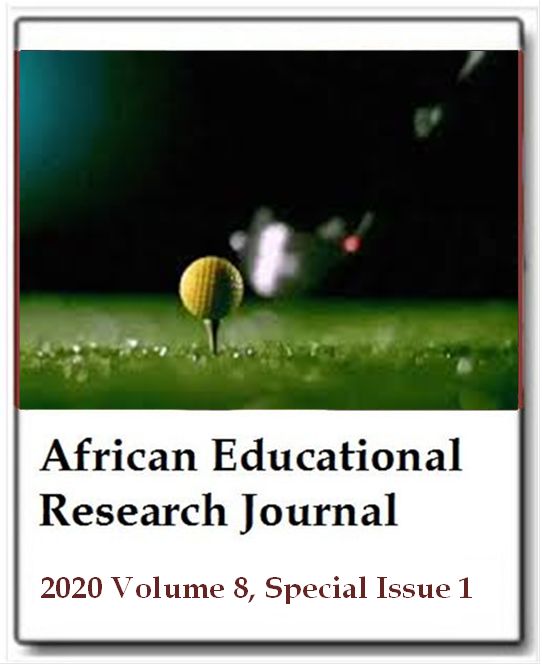Examination of Hitit University Faculty of Sports students' entrepreneurship tendencies
Çisem Ünlü, Emrah Cerit, Gül Yağar, Ferdi Bodur, Meltem Evli and Aynur CanaydınAfrican Educational Research Journal
Published: August 10 2020
Volume 8, Special Issue 1
Pages S74-S80
DOI: https://doi.org/10.30918/AERJ.8S1.20.012
Abstract
Entrepreneurship is an action process that becomes more and more important, integrates with the support provided, and as a result, contributes directly to the economy. Entrepreneurship increases its importance in the process from past to present. The contribution of the individual to the national economy continues to be important in terms of creating new employment areas. In a developing and diverse world, entrepreneurial individuals are needed in every field. Entrepreneurial individuals have a significant role in ensuring social development, solving employment problems, increasing social welfare, and improving competition. As universities have started to play an important role in entrepreneurship, it has become very significant to determine the trends of students in this field. Especially in university education, there is a need for students to improve their entrepreneurial characteristics. In this regard, this study aims to reveal the current situation by examining the entrepreneurial tendency levels of the students of Hitit University Faculty of Sport Sciences. The universe of the study consists of students studying at Hitit University Faculty of Sport Sciences in the 2019-2020 academic year. The sample group consists of 500 students, 164 female, 336 male, selected by random sampling method. The questionnaire form used as a data collection tool in the study consists of two sections. "Personal Information Form" prepared by the researchers constitute the first section of the questionnaire. “University Students Entrepreneurship Scale” designed by Yılmaz and Sünbül (2009), consisting of 36 expressions, formed the second section of the questionnaire. Frequency distributions, "Independent Sample T-Test", "one-way analysis of variance (ANOVA)" were used as statistical analysis techniques. The results of the analysis of the socio-demographic characteristics of the students are given on average, standard deviation, and percentages. The data were processed and analyzed using SPSS 21 (Statistical Package for Social Sciences). As a result of the study, it was determined that there was no significant difference between the variables according to demographic information (gender, age, class, education, department, sports), and students had a “high entrepreneurship” feature.
Keywords: Student, entrepreneurship, tendencies.
Full Text PDFThis article is published under the terms of the Creative Commons Attribution License 4.0

